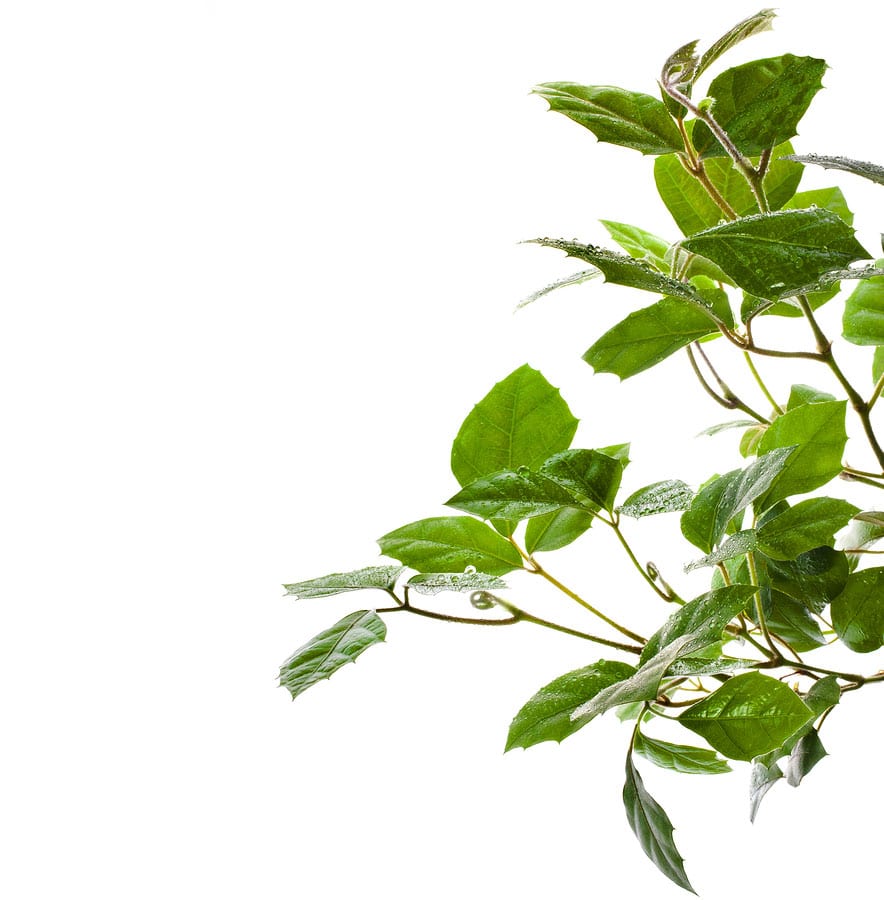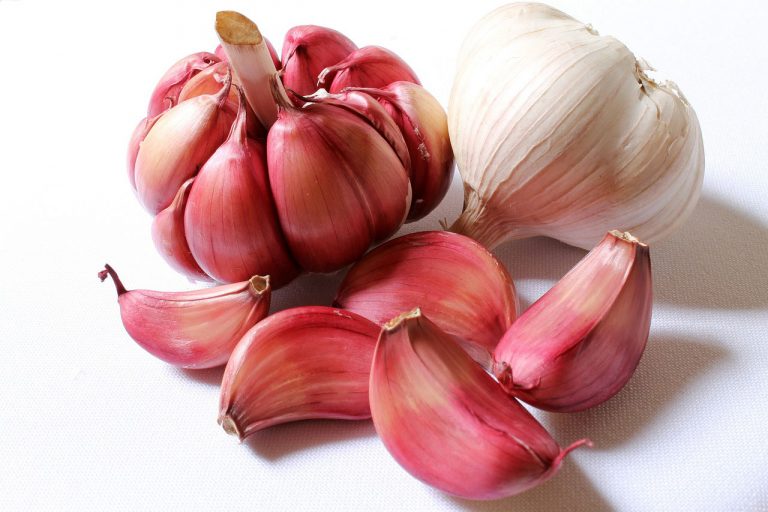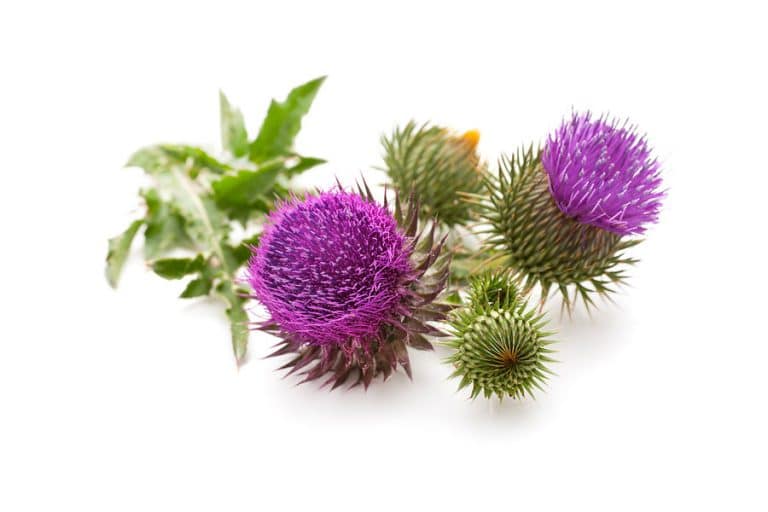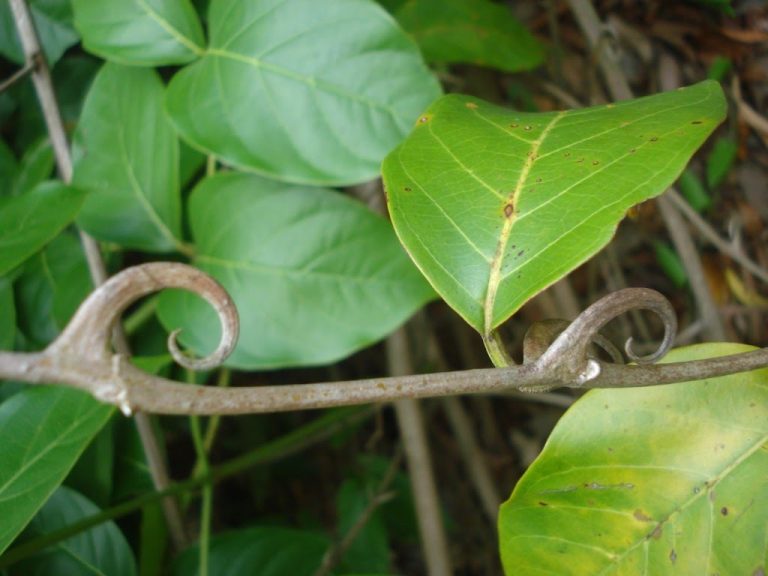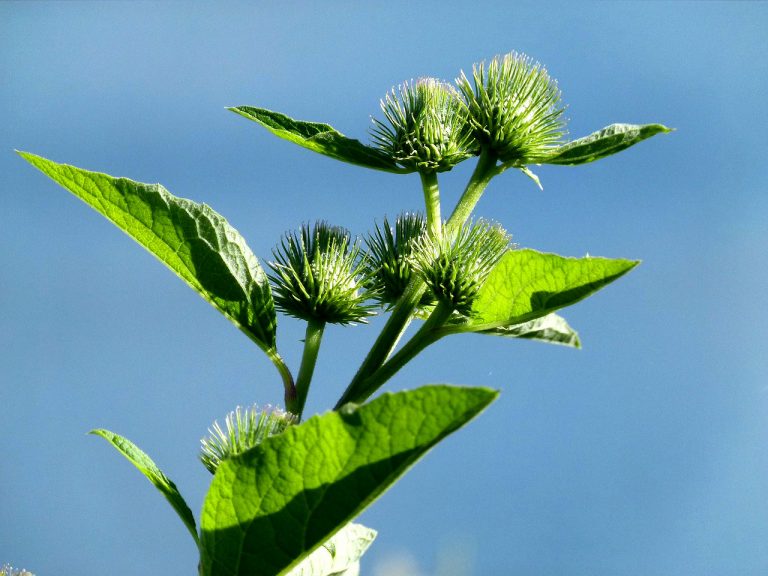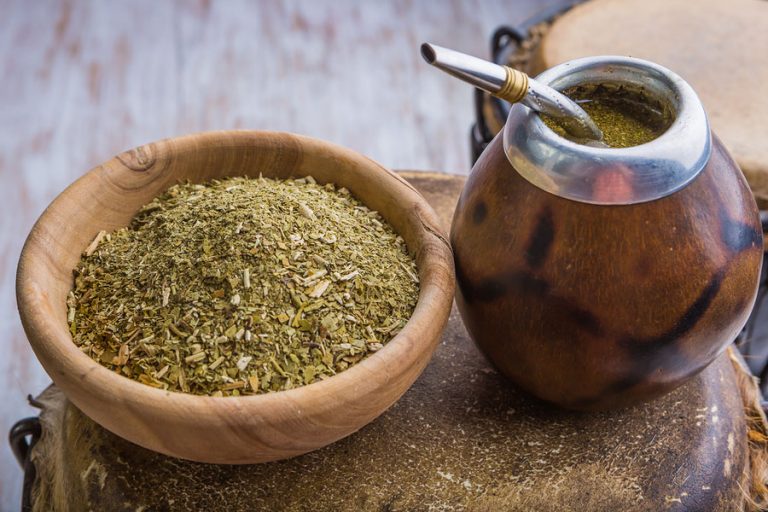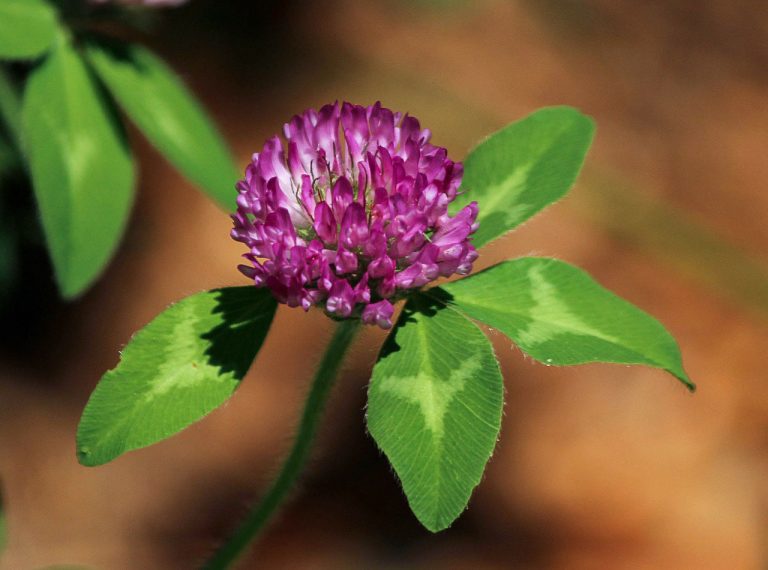Cissus Quadrangularis
Scientific Classification
| Kingdom: | Plantae |
| (unranked): | Angiosperms |
| (unranked): | Eudicots |
| (unranked): | Rosids |
| Order: | Vitales |
| Family: | Vitaceae |
| Genus: | Cissus |
| Species: | C. Quadrangularis |
| Binomial name: | Cissus Quadrangularis |
This perennial plant Cissus Quadrangularis belongs to the grape family. Its general names are Veldt Grape, Asthisamharaka, Devil’s Backbone, and Hadjod.
History
Even though there is a notion that it originates from Sri Lanka or India, the other places that we find them are Arabia, Africa, and the Southern Eastern part of Asia. Cissus quadrangularis was imported to the South of the United States and Brazil.
Anatomy
The height reached by Cissus Quadrangularis is 1.5 meters, the cross section of its branches is quadrangular it has inter-nodes of length 8 to 10 cm and breath 1.2 to 1.5 cm. There is a leather-like rim along each angle. At the nodes you can see tri-lobed toothed leaves of breadth 2 to 5 cm. Each leaf has a tendril appearing just opposite to the node. Racemes of tiny yellowish, whitish or green colored flowers are seen. The berries are globular in shape and when ripe, they are red in color.
Habitat
Normally these plants grow in the arid and hotter provinces of India, and also in the peninsula of the Deccan, ranging from the low lying eastern inclines of the Western Ghats and southwards to Travancore. Besides, it extends to the arid regions of Arabia and Africa.
Soil
Attempt planting your Cisus Quadrangularis in areas where it gets dappled sun. Of course, take care to water it moderately and scarcely. Be certain that the pH of your soil lies within 6.1 and 7.8, because Cissus Quadrangularis is a plant that loves moderately alkaline and moderately acidic soil.
Planting
The propagation of Cisssus Quadrangularis is mostly done by cuttings. The cutting is done amidst two nodes at a distance of 30 cm and feather dipped in a slurry of cow dung, and then dried in the sun for one day. The following day, it is planted in the pit of size 15 x 15 x 15 cm which is made ready. Space the pits at distances of 5 feet from each other. Fill up the pit with a composition mix of dry cow dung, Vermi-compost, sand and a hand full of bone meal. Also plant the dried ones in the pit. Just above the planted plants, tie a steel rope across the field to a height of 5 6 feet. Across the previous rope; tie a second rope to get a square of 5 ft. To prevent the rope from sagging, give it a support with bamboo. When the plant begins growing, prop the plant on the bamboo. On reaching the height of the rope, place the upper part of the plant over the rope. The plant then grows towards the ground; before the plant touches the ground, lift it up to the top. You then see fresh roots growing..
Watering
Water Cissus Quadrangularis on alternate days, further when the climate is hot, water them at intervals of 4 days, prevent stagnation of water adjacent to the plant.
Temperature
Having no precise data on this, it is believed that plants do die if subjected to freezing temperature. Further information states that outdoor exposure to Zones 11 and 12 is fine. One can conclude that a temperature of 50oF /10 o C or colder is fine.
Humidity
For juicy plants like this, humidity is not specified.
Uses
Ever since antiquity, Cissus quadrangularis has been considered as a medical plant. In many Ayurvedic important medicines, this plant is used for healing broken bones, tendons and injured ligaments. In Siddha medicines, it is named Asthisamharaka (a medicine which averts damage of the bones) which is an analgesic and tonic, supposed to heal damaged bones. According to the Garo tribe of Bangaladesh, C Quadrangularis is a medicine for healing bone fracture.
Pests
Not a well known plant and as such, no on-line details are available, therefore no definite idea is given regarding their pests, however, spider mites and mealy bugs are prone to attack them.

Having discovered a fondness for insects while pursuing her degree in Biology, Randi Jones was quite bugged to know that people usually dismissed these little creatures as “creepy-crawlies”.

